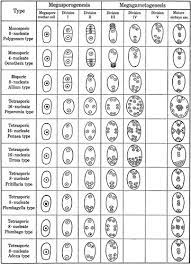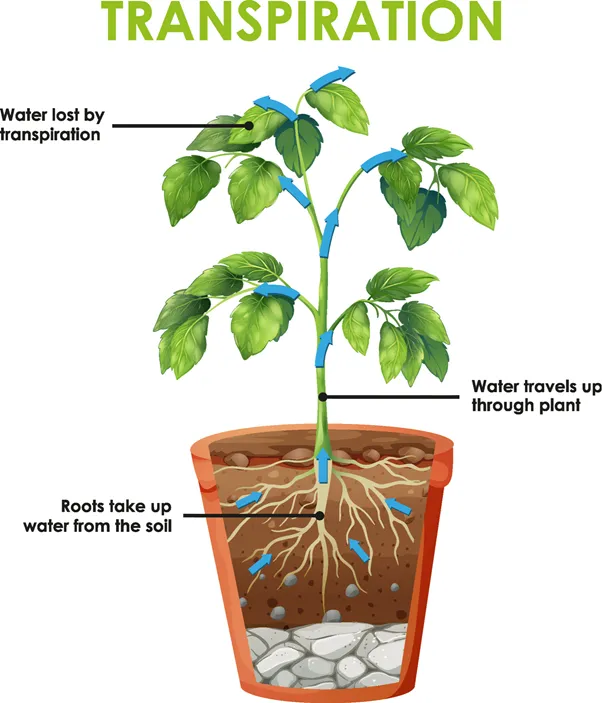embryo sac - types, explanation

TYPES OF EMBRYO SAC Monosporic Embryo Sac The embryo sac in which only one out of four megaspores is involved in the development of the embryo sac is called as Monosporic Embryo Sac. Since all the nuclei in such embryo sac are derived through mitoses of a single nucleus, hence all nuclei are genetically identical. On the basis of number of nuclei in the mature embryo sac, Maheshwari recognised two types - 8 - nucleate and 4- nucleate. 8- nucleate or Polygonum type: This type of embryo sac development was first discovered in Polygonum divaricatum for the first time by Strasburger, hence it is called as polygonum type. Since, this is common in Angiosperms(81%), it is called as normal type. Of the four megaspores formed from the megaspore mother cell, only one megaspore situated towards chalazal end remains functional and the remaining three situated towards micropylar end degenerate. The functional megaspore divides and gives rise to 2 nuclei, one of which moves to the mi...





